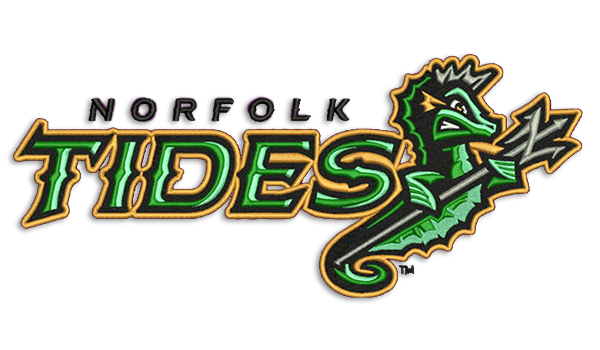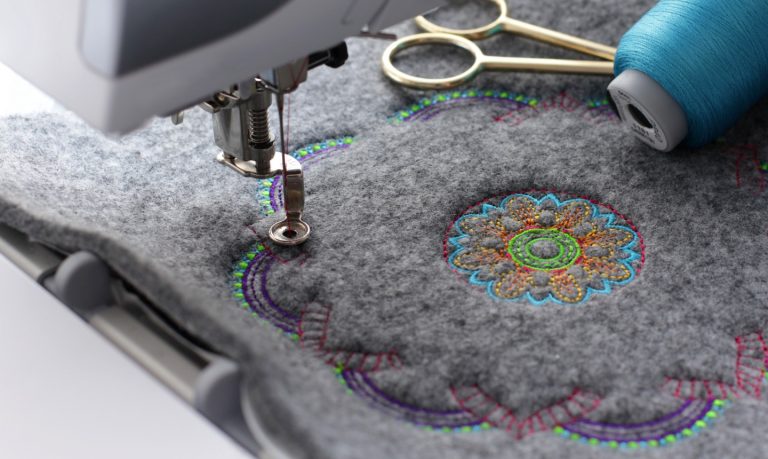Top-Rated Digitizing for Embroidery: Perfect Stitch Every Single Time
Top-Rated Digitizing for Embroidery: Perfect Stitch Every Single Time
Blog Article
Discover Different Kinds Of Embroidery Digitizing Strategies
Embroidery digitizing has actually evolved significantly over the years, providing a myriad of methods to bring layouts to life in the digital world. The world expands to a lot more sophisticated methods like photorealistic needlework digitizing and the remarkable realm of 3D embroidery digitizing.
Conventional Hand Embroidery Digitizing
Traditional hand needlework digitizing entails the process of transforming complex hand-stitched styles right into digital styles for device needlework. This technique requires knowledgeable artisans to diligently analyze the handmade style and afterwards make use of specialized software application to recreate it in a digital style. Each stitch, shade, and detail needs to be thoroughly equated to make certain that the essence of the initial hand embroidery is protected in the digital version.
Among the crucial challenges of typical hand embroidery digitizing is recording the complexities and subtleties of the handmade style. Digitizing for Embroidery. Artisans have to have a deep understanding of various needlework techniques, such as satin stitch, chain stitch, and French knots, to properly duplicate these techniques in the digital world. In addition, they need to have a keen eye for detail to ensure that the digital layout maintains the exact same degree of creativity and craftsmanship as the original hand-stitched item
Punching Method
To flawlessly shift from typical hand embroidery digitizing to the punching strategy, artisans should currently focus on converting the complex electronic layouts right into directions that needlework equipments can analyze. The punching technique entails utilizing specialized software application to develop electronic data which contain commands for the embroidery maker to follow. This process needs a deep understanding of not just the style itself yet also the capacities and limitations of the embroidery device.

Auto-Digitizing Software Application Programs
Needlework digitizing has been reinvented by the development of auto-digitizing software application, supplying craftsmens with sophisticated tools to transform electronic layouts into needlework equipment guidelines effectively. Auto-digitizing software application use algorithms to assess electronic photos or vector data and create needlework styles automatically. These programs permit fast and accurate conversion of complex designs right into stitch patterns, saving effort and time for embroiderers.
One of the vital benefits of auto-digitizing software application is its user-friendly user interface, making this link it easily accessible to both newbies and knowledgeable digitizers. These programs commonly include features such as stitch editing tools, thread shade matching, and the capability to preview the final stitched style. In addition, auto-digitizing software application can deal with complex designs with multiple colors and elaborate information, creating high-grade needlework data ideal for various clothing and fabric jobs.
While auto-digitizing software application provides benefit and effectiveness, it is necessary for users to recognize the constraints of automated digitizing. Fine-tuning and hands-on modifications may still be needed to achieve the wanted embroidery high quality, especially when dealing with elaborate or one-of-a-kind designs. By leveraging the capacities of auto-digitizing software along with hands-on digitizing strategies, craftsmens can boost their needlework digitizing process and produce stunning embroidered items.
Photorealistic Needlework Digitizing
Using advanced digital imaging methods, attaining photorealistic cause embroidery digitizing has come to be an in-demand skill amongst contemporary artisans. This technique entails converting high-resolution pictures right into intricate stitch patterns that very closely resemble the original layout, resulting in needlework items that show lifelike detail and depth.
To achieve photorealistic embroidery digitizing, artisans must have a keen eye for information and a thorough understanding of just how different stitch types and densities can impact the final end result. By meticulously mapping out each shade and color in the picture, embroiderers can create an electronic documents that guides the embroidery device to reproduce the nuances of the original picture accurately.
Photorealistic embroidery digitizing is particularly popular in creating browse this site custom styles for apparel, home decoration, and art pieces where capturing the significance of a photograph or artwork is critical. This strategy enables craftsmens to transform memories, landscapes, portraits, and complex artwork into stunning embroidered work of arts that showcase a blend of typical craftsmanship and cutting-edge technology.
3D Needlework Digitizing
With the improvement of digital imaging techniques in achieving photorealistic results in embroidery digitizing, the expedition of 'D Embroidery Digitizing' uses a brand-new dimension to the complexities of design duplication. 'D Needlework Digitizing' refers go to the website to the three-dimensional digitizing technique that adds depth and structure to embroidery styles, producing a more reasonable and visually enticing final item. This method makes use of software that replicates the result of light and shadow on the embroidery layout, boosting its general aesthetic influence.
Among the crucial advantages of 'D Embroidery Digitizing' is its capacity to make layouts look more natural and vibrant. By including deepness to the needlework design, the last item shows up more sensible and captivating (Digitizing for Embroidery). In addition, this strategy enables more innovative flexibility in design implementation, allowing embroiderers to experiment with various structures and impacts that were formerly challenging to accomplish
Final Thought

Report this page